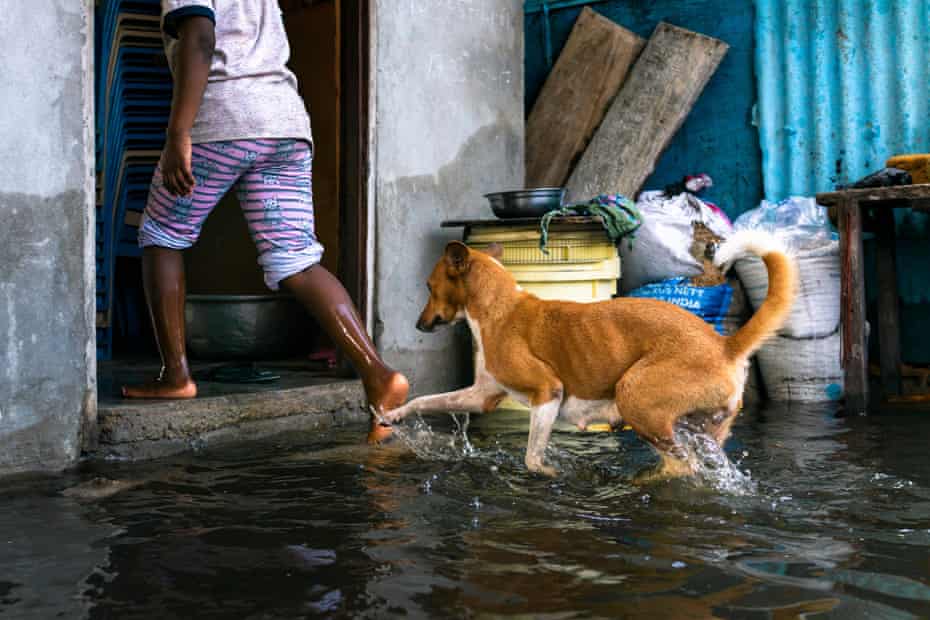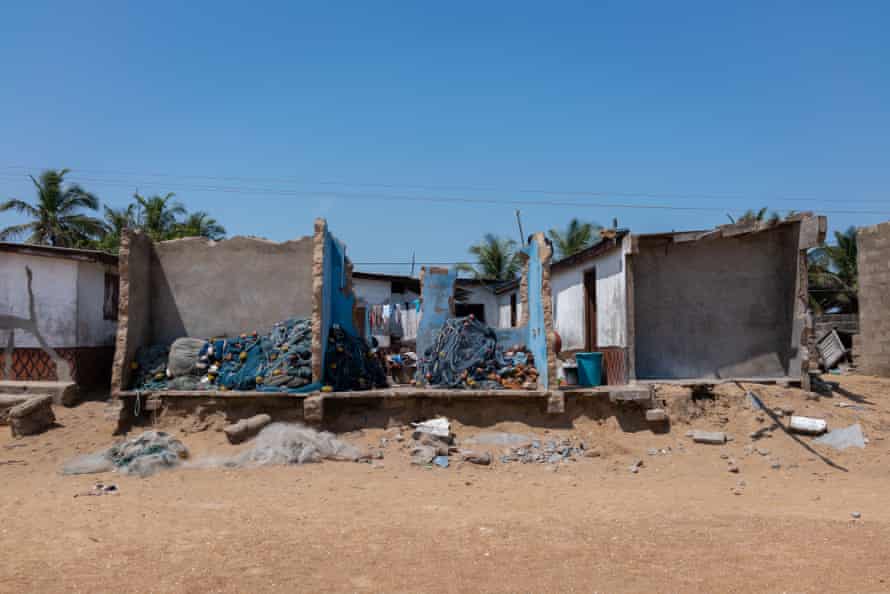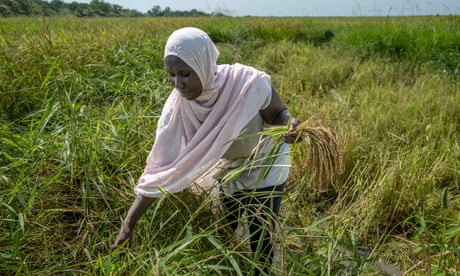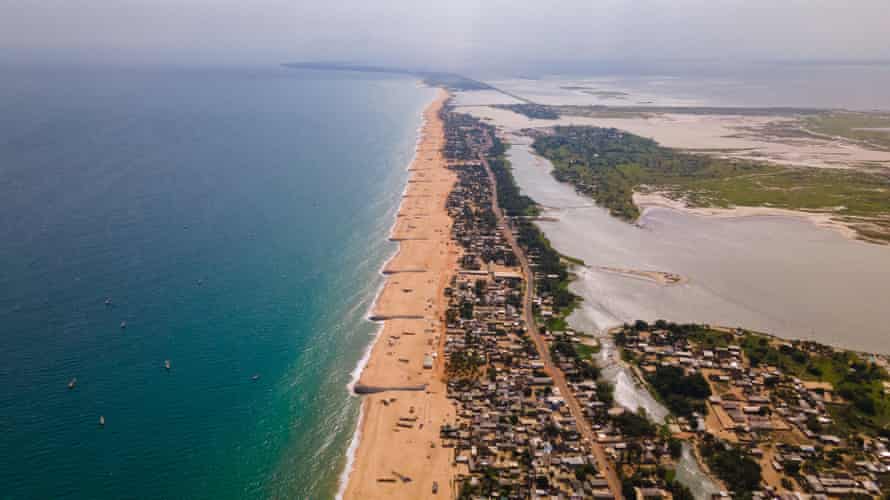Extract from The Guardian
As the sea claims more of the west African shoreline, those left homeless by floods are losing hope that the government will act.

Seawater laps at the doorway of a house in Ghana’s coastal town of Keta, where a month ago high tide flooded more than 1,000 homes.
Afedzie lives in Keta, one of Ghana’s coastal towns, where a month ago high tide brought seawater flooding into 1,027 houses, according to the government, leaving him among about 3,000 people made homeless overnight.
Keta has been slowly eroded by rising sea levels and storms for years. But before dawn on 7 November, people woke to walls of seawater surging through their properties, flooding homes, schools, businesses and churches.
We saw water getting closer but we didn’t know it would flood … By Sunday, water was everywhere
That morning Keta, and neighbouring Fuveme and Salakope joined Vodza, Adzido, Abutiakope and Kedzikope – villages and towns that once dotted the west African country’s shore but have all but disappeared under water.
“It started Saturday evening. We saw that the water was getting closer, but we didn’t know it would flood this place. By Sunday at dawn, the water was everywhere. All our things were affected by the flood,” says Janet Nubueke, from Keta.
The
people, she says, will continue to move away from the water as long as
the sea continues to be a threat. They are asking the government to
relocate them.
About 3,000 people were made homeless in Keta when seawater swept through the town in November. Photograph: Ernest Ankomah/The Guardian

Construction of a sea-defence wall began in 1999 under the administration of the late President Jerry Rawlings but was not completed because of a change in government and subsequent neglect by political leaders.

Groynes along beaches, constructed as part of the Keta sea defence project. Photograph: Ernest Ankomah/The Guardian
Several studies suggest that sea-defence walls could play an essential role in mitigating the erosion of sandy soil along the coast and that stabilising the shoreline to prevent inhabited areas being flooded is feasible. But many people, still living in makeshift shelters and waiting to find new homes, have no confidence that the political will is there to complete the project.
With climate crisis experts warning that extreme weather and natural disasters will only become more frequent, the people left in what remains of Keta are living from day to day, fearing the next storm or higher than usual tide.
No comments:
Post a Comment